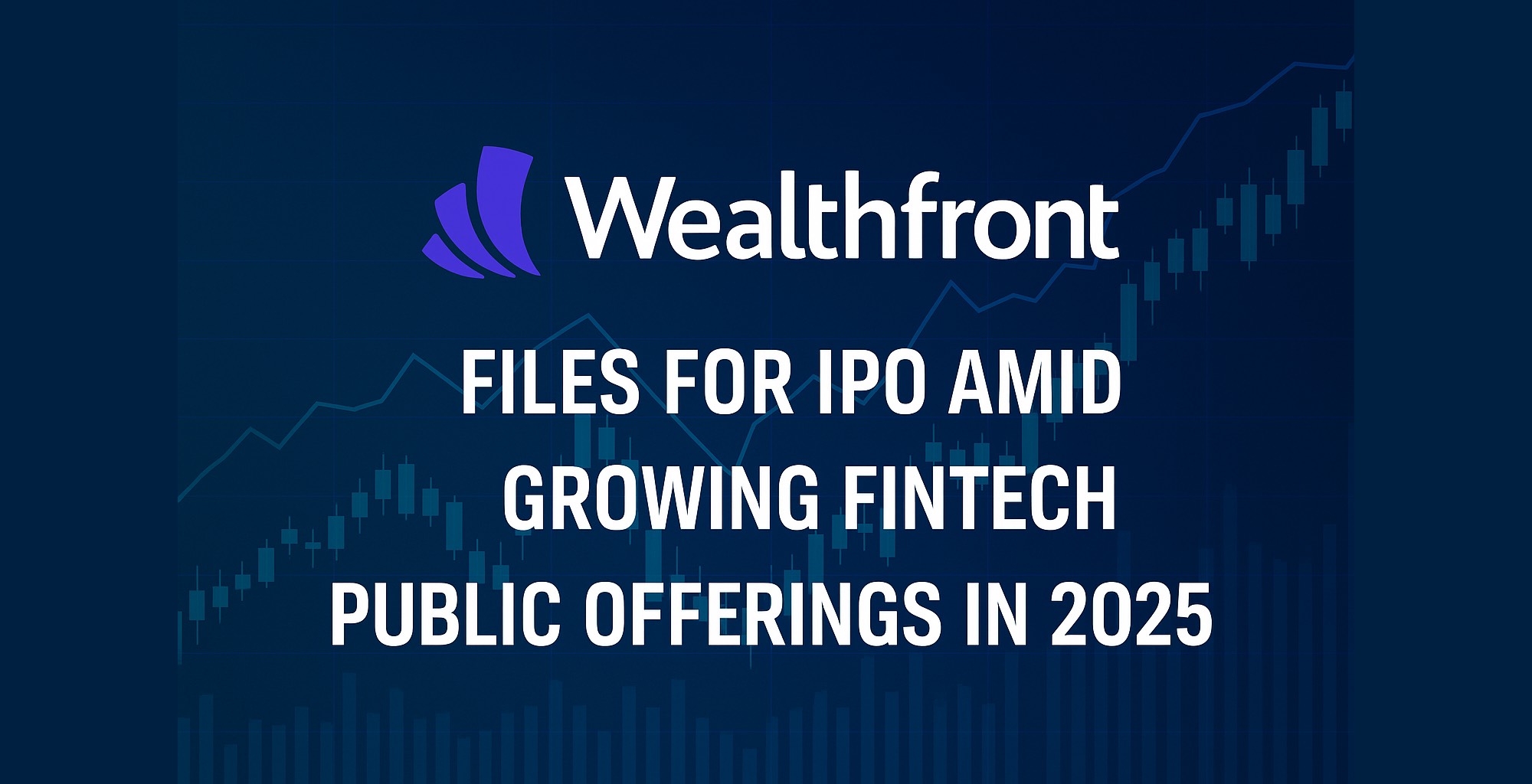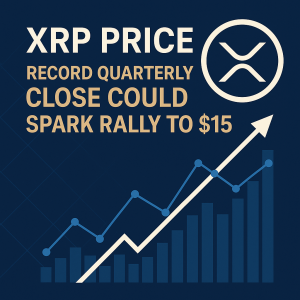Wealthfront, one of the top names in digital investing, has officially taken the big step of filing for an IPO—joining the growing wave of fintech firms planning to go public in 2025. The move signals just how much faith investors have in the future of digital financial services, as well as the appetite for companies pushing the boundaries of fintech innovation.
Launched back in 2008, Wealthfront has come a long way. Known for its automated investment tools and smart financial planning, the platform has attracted millions of users and now oversees hundreds of billions in assets. Its recent push into banking and expanded wealth management services has only added to its momentum and boosted its valuation. By 2024, it had already cemented its reputation as one of America’s leading robo-advisors, holding its own against competitors like Betterment and Schwab Intelligent Portfolios.
The decision to go public comes at a time when the fintech sector is experiencing unprecedented growth, with companies such as Robinhood, SoFi, and Plaid successfully listing on major exchanges. Industry analysts believe that Wealthfront’s IPO could further validate the sector’s potential and attract additional investment into digital financial services. The firm’s IPO filing is expected to include details about its valuation, financial health, and strategic growth plans.
Market reactions so far suggest investor optimism, with many viewing Wealthfront’s IPO as a reflection of the increasing demand for online financial solutions. The company’s focus on automation, low fees, and user-friendly interfaces has resonated with a broad demographic, from young investors to seasoned professionals looking for low-cost investment options.
Implications of this IPO extend beyond Wealthfront itself, potentially influencing the valuation and strategic moves of other fintech firms considering public listings in 2025. Industry experts anticipate that this wave of IPOs will lead to increased competition, innovation, and consolidation within the sector.
Looking ahead, investors and market watchers will be paying close attention to Wealthfront’s IPO valuation, the terms of its offering, and subsequent performance on the stock market. Additionally, upcoming earnings reports and product launches will be critical indicators of its long-term growth prospects.
What is the significance of Wealthfront’s IPO for the fintech sector?
It signifies growing investor confidence in digital financial services and may lead to increased IPO activity among other fintech firms.
How might Wealthfront’s IPO impact its competitors?
It could lead to higher valuations and increased competition, pushing rivals to innovate and expand their offerings.
What should investors watch for following the IPO?
Investors should monitor Wealthfront’s post-IPO stock performance, earnings reports, and strategic developments in its product offerings.







